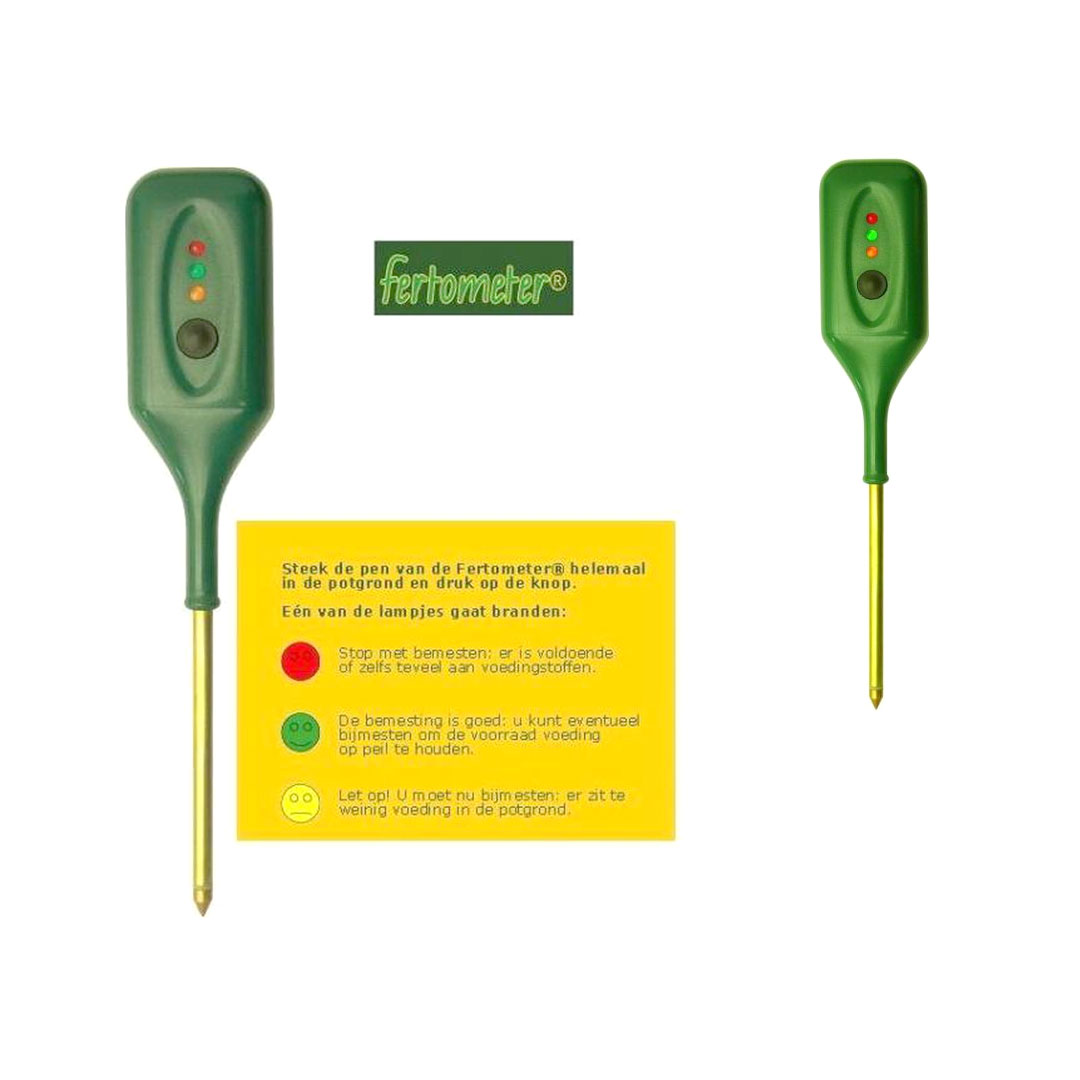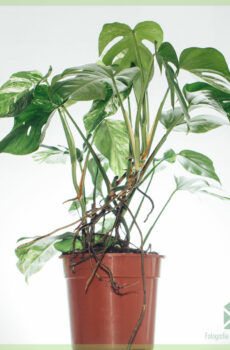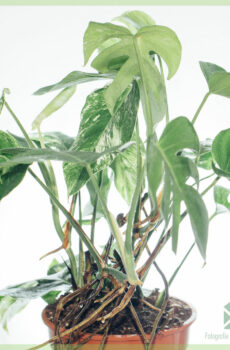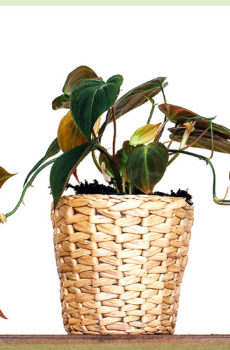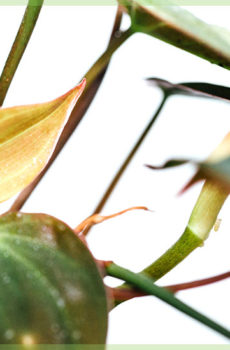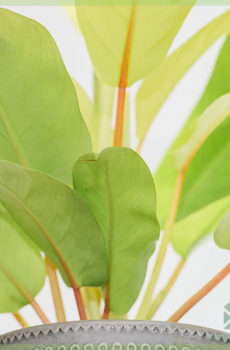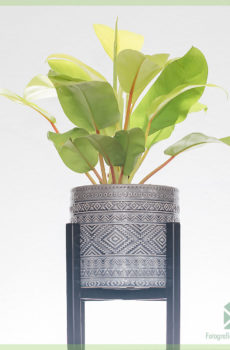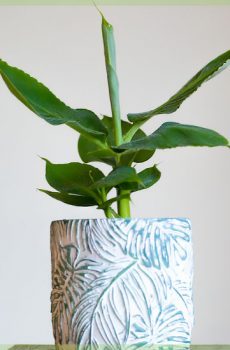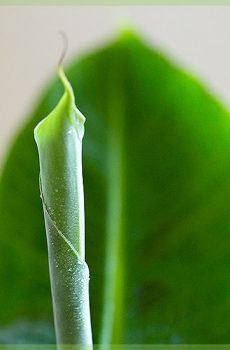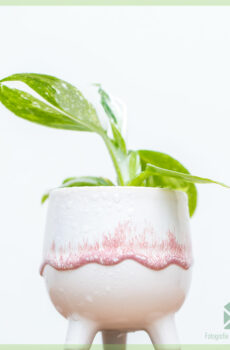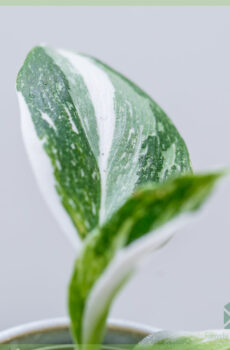Description
Measuring fertilization of pot plants can be done directly in the ground with insertion meters
For a good growth of your plants, dthe amount of nutrients be sufficient in the ground
Just like humans, all plants need food. Plants need different fertilizers to grow well and stay healthy. Almost all plants use a relatively large amount of nitrogen and potassium. The inclusion of other nutrients such as phosphorus and magnesium is also necessary, but in smaller amounts. Finally, trace elements such as iron and copper are essential to a very small extent.
Fertilizing potted plants is necessary to keep them healthy
Due to the limited amount of soil in a pot, the correct fertilization of a pot plant is a lot more difficult than with plants that are in the ground and whose roots reach meters far to be able to absorb food. With potted plants, we should always know what the situation is like in order to be able to fertilize if necessary. After all, the potting soil quickly becomes exhausted. It is best to measure the fertilization first.
To fertilize, use organic fertilizer, fertilizer pellets or liquid fertilizer
There are many products for fertilizing: organic fertilizers, fertilizer pellets and liquid fertilizers. Never add more fertilizers than the instructions on the package. For potted plants with many flowers, we recommend a fertilizer with a good NPK ratio: 10-5-15 (NPK = Nitrogen, Phosphorus, Potassium). Specific fertilizers are sold for most plants (species). In general, we recommend buying organic food. First measure the fertilizer, then buy a suitable fertilizer in a specialized garden store and supermarket.
You can measure the amount of fertilizers in the soil with following products.
Fertilize plants: measure for proper fertilization of plants with an EC meter
Here you will find a list of frequently asked questions about fertilizing house plants, container plants or other pot plants. But also information about the care of the lawn and plants in the garden or vegetable garden.
EC meters and plant fertilization: frequently asked questions about plant fertilization
What does an EC meter measure?
All EC meters measure the concentration of total soluble salts in a liquid. For pot plants, these are the fertilizers plus the ballast salts together. The meter gives a rough idea of the total salt concentration.
The measurement is expressed in EC (electrical conductivity) or TDS (total dissolved salts). EC has as unit mS/cm and TDS in g/l (grams per liter) or ppm (parts per million). Factor 640 is used to convert from EC to TDS. Thus 1,00 mS/cm = 640 ppm = 0,64 g/l.
Here you will find more information about our EC/TDS meters.
So what do plug-in EC meters measure?
Nowadays there are countless EC meters with a skewer (measuring pin) that is inserted directly into the potting soil. You then immediately have a measurement result, the only condition is that the potting soil must be well moistened. This is in contrast to the above EC liquid meters where you first have to remove soil from the pot, mix that soil with distilled water, wait 30 minutes and then filter in order to finally be able to measure the liquid.
Professional digital plug-in EC meters cost at least 300 euros and are not interesting for a private individual. The fertometer is a simple EC meter, measures the total salt concentration in the potting soil and then immediately shows whether this is too low or too high or whether the salt content and thus the amount of nutrients is correct. Now you know whether fertilizing plants makes sense.
How high should the salt concentration (EC) be in a pot?
During the growing season, an EC below 0,35mS/cm is really too low. That's why the fertometer warns below this value with a yellow light. If the value exceeds 1,00 mS/cm, this is harmful to the plant in the long term and you should stop fertilizing, the red light will now turn on. Even if you could continue to fertilize plants with some plant species, there is still a sufficient buffer of nutrients in the potting soil.
How high is the EC of fertilizer?
This depends on whether the plant is a major consumer, how often it is watered and how often you want to fertilize. The growing temperature also plays a role here. In general, commercial fertilizers have an EC of 1,2mS/cm and it is recommended to feed once a week. But there are also ECs of 2,4mS/cm and even higher. The frequency of fertilizing is then lower (the fertilization of plants is then once every two weeks). Please note that the water itself also has an EC and this must be added to the feed water. You can measure EC values of fertilizers with our EC/TDS meters for liquids.
The EC value of liquid fertilizer is approximately 2,5 times higher than the EC value obtained by a fertometer measured directly in the potting soil. This is because concentrated fertilizer is slowly (takes at least 30 minutes) absorbed, distributed and buffered by the potting soil.
What is the nutritional value in sowing soil?
In principle, sowing soil always has a low nutritional value to prevent the first roots from getting the full load right away. At the fertometer the yellow light will be on.
I bought soil with slow-acting fertilizer. The packaging states that the EC value is 0,4mS/cm, but it is higher than 1,00 after opening?
Slow-acting fertilizers start to work in moist soil after 2 weeks, ie as soon as the manure enters a moist environment and at a certain temperature. Sometimes that process starts at 3°C, but usually only from 10°C. The higher the temperature, the faster this will happen. If the soil has been in the shop for a year, the nutritional value is already relatively high and sometimes even too high.
It is therefore better to buy basic soil and stir in the fertilizer granules yourself if you are going to use the soil. The pgmix in the soil provides the nutrition for the first 2-6 weeks and the slow-acting fertilizer takes over after that.
Slow-acting fertilizers usually have an EC of 0,4-0,6 mS/cm in the potting soil and this value is in the green range of the fertometer. In this case, the starting point is therefore good and fertilizing plants is simplified.
Can the fertometer also be used for organic soil?
With organic soil you also measure all salts that are present as ions (so absorbable). You measure the exact current salt concentration. All salts, therefore, also salts that are not wanted or known. This must be taken into account. If the organic soil is pure, then you measure the current nutrient salts, just like with chemical fertilizer.
Because the nutrients disappear much more slowly in the open field compared to pot plants (because of flushing, drying out, etc.), it is better to continue fertilizing plants in the open ground, such as in the vegetable garden, between yellow and green.
Our tap water does have an EC of 0,8mS/cm?
Tap water is tricky because it contains a lot of minerals and you don't know exactly what kind of salts these are. It often concerns ballast salts that the plant cannot use. It is also wise to know the pH because this value is often high (eg 8,0). And more importantly, the concentration of the bicarbonates that are responsible for slowly raising the pH value in the potting soil, allowing the plant to absorb less and less nutrients. Older plants in particular suffer from this and become salinated. When the plant is dry (which is common with houseplants), these salts crystallize and the next time the crystals are watered, the crystals are pushed upwards by capillary action. A white crust slowly forms on the edge of the pot.
Try diluting your tap water with rainwater or neutralizing the bicarbonates with eg Nitric acid.
With the EC/TDS meters you can measure the electrical conductivity of your water.
With the pH meter you can measure the acidity of the water.
Sometimes you read that you often have to flush older plants to desalinate and then fertilize vigorously to boost the nutrient level again.
The problem with older plants is that accumulations of ballast salts can indeed occur in the potting soil (see above). You can remove these by flushing them, but the disadvantage of this method is that you also flush out the fine potting soil particles and after a few good flushes the total buffer capacity of the potting soil decreases considerably. You have created an anorexic plant! The plant dries out quickly, can no longer buffer nutrients and the soil only consists of roots. An infusion is then the solution or simply provide a fresh growing environment every spring in the form of new potting soil. And then after six weeks continue the normal fertilization of plants.
